Stringent Emission Standards
The Automotive Exhaust Header Market is significantly influenced by stringent emission standards imposed by regulatory bodies. Governments worldwide are increasingly focused on reducing vehicular emissions to combat environmental issues. This has led to the implementation of more rigorous regulations that require manufacturers to develop exhaust systems that comply with these standards. As a result, there is a growing need for advanced exhaust headers that can effectively manage emissions while maintaining performance. The market for exhaust headers is expected to expand as manufacturers innovate to create products that not only meet but exceed these regulatory requirements. This trend indicates a shift towards more sustainable automotive solutions, which is likely to drive growth in the Automotive Exhaust Header Market.
Growth of Electric and Hybrid Vehicles
The Automotive Exhaust Header Market is witnessing a transformation due to the rise of electric and hybrid vehicles. As these vehicles become more prevalent, traditional exhaust systems, including headers, are being re-evaluated. While electric vehicles do not require exhaust headers, the hybrid segment still utilizes them, albeit in modified forms. This shift presents both challenges and opportunities for manufacturers in the Automotive Exhaust Header Market. Companies are exploring innovative designs that cater to the unique requirements of hybrid systems, which may include lightweight materials and compact designs. The increasing adoption of hybrid technology is expected to influence the market dynamics, prompting manufacturers to adapt their offerings to align with evolving consumer preferences.
Technological Innovations in Materials
The Automotive Exhaust Header Market is benefiting from technological innovations in materials used for exhaust headers. Advances in metallurgy and composite materials are enabling manufacturers to produce lighter, more durable, and heat-resistant headers. These innovations not only enhance performance but also contribute to overall vehicle efficiency. For instance, the use of stainless steel and titanium alloys is becoming more common, as these materials offer superior strength-to-weight ratios. As manufacturers continue to invest in research and development, the Automotive Exhaust Header Market is likely to see a surge in high-performance products that appeal to both consumers and automotive professionals. This trend underscores the importance of material science in shaping the future of automotive components.
Rising Demand for Performance Enhancements
The Automotive Exhaust Header Market is experiencing a notable increase in demand for performance enhancements among consumers. Enthusiasts and everyday drivers alike are seeking ways to improve vehicle performance, fuel efficiency, and sound quality. This trend is driven by a growing awareness of the benefits of aftermarket modifications, particularly exhaust headers, which can significantly enhance engine output. According to recent data, the performance aftermarket segment is projected to grow at a compound annual growth rate of approximately 5.5% over the next few years. As consumers prioritize performance, manufacturers in the Automotive Exhaust Header Market are innovating to meet these demands, leading to a wider variety of products that cater to different vehicle types and performance needs.
Increase in Customization and Personalization
The Automotive Exhaust Header Market is experiencing a surge in customization and personalization trends among consumers. As vehicle owners seek to express their individuality, the demand for tailored exhaust systems, including headers, is on the rise. This trend is particularly prominent in the aftermarket sector, where consumers are willing to invest in unique modifications that enhance both aesthetics and performance. Market data suggests that the customization segment is expected to grow significantly, driven by a younger demographic that values personal expression in their vehicles. Manufacturers are responding by offering a wider range of customizable options, which is likely to further stimulate growth in the Automotive Exhaust Header Market. This shift towards personalization reflects broader changes in consumer behavior and preferences.


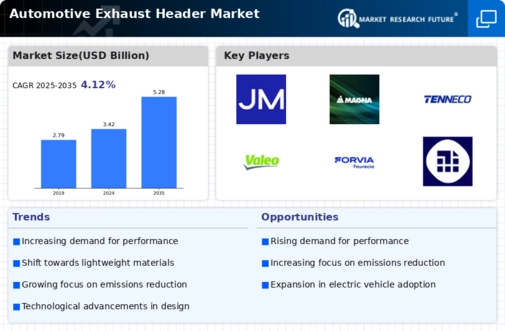
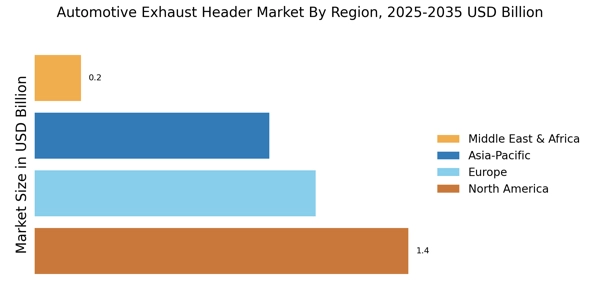

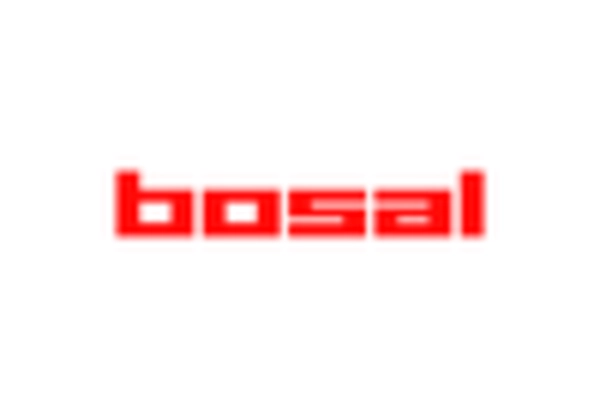
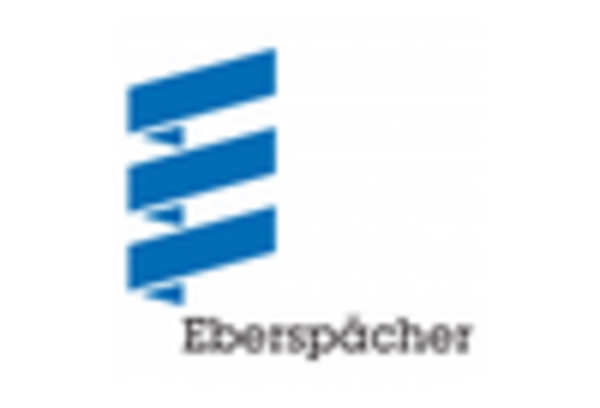

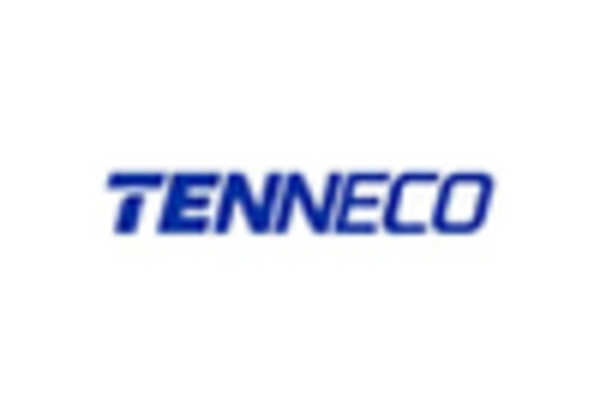
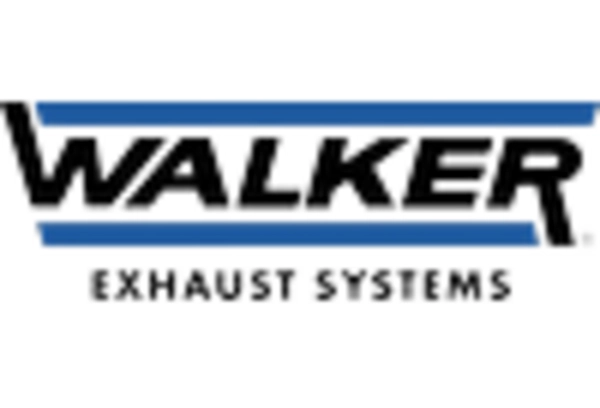








Leave a Comment